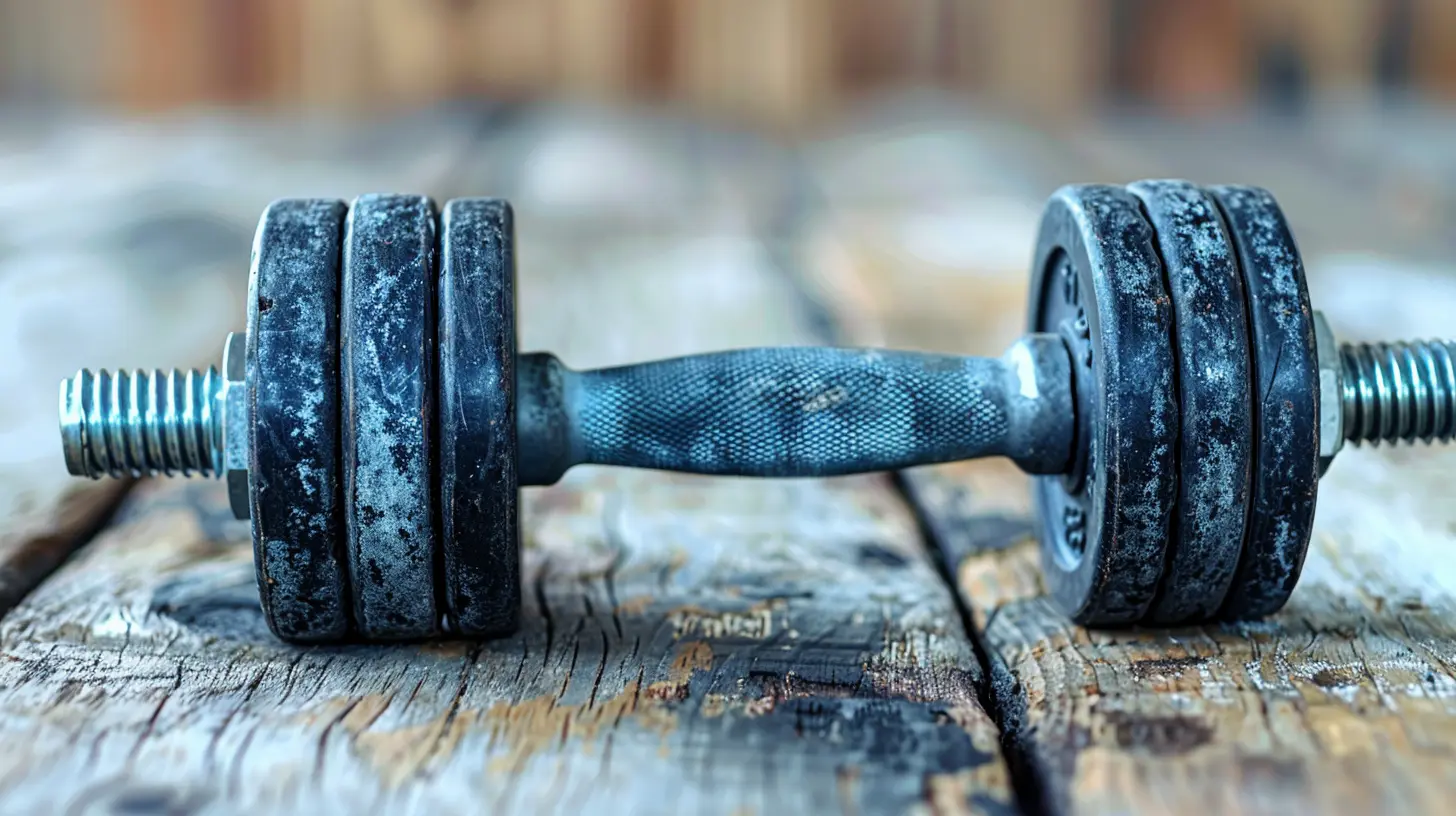29 March 2025
When we think about fitness, most of us immediately picture sweaty weightlifting sessions, long runs, or intense HIIT workouts that leave us gasping for air. But here’s the thing: while strength, endurance, and cardio training get all the limelight, two underrated superheroes are quietly waiting in the wings—balance and flexibility. Think of these two as the foundation of your fitness house; without them, things can start to wobble, and eventually, fall apart.
In this article, we’re diving deep into why balance and flexibility deserve a prime seat at the fitness table. By the end, you’ll not only understand why they’re so essential but also learn practical ways to weave them into your routine. Ready? Let’s get into it.
What Exactly Are Balance and Flexibility?
Before we jump into the nitty-gritty, let’s set the stage.- Balance is your body’s ability to maintain control and stability, whether you're standing still (static balance) or moving (dynamic balance). It’s what keeps you upright when you accidentally step on a rogue Lego or when you try that one-legged yoga pose.
- Flexibility, on the other hand, is all about the range of motion around your joints and the length of your muscles. In simple terms—flexibility dictates how easily you can move without feeling like the Tin Man from The Wizard of Oz.
These two elements are like peanut butter and jelly—they complement each other and work together to help you move with ease, prevent injuries, and even improve your overall performance in other areas of fitness.
Why Are Balance and Flexibility Often Overlooked?
It’s no secret that fitness culture tends to gravitate toward what’s more "sexy." People love showing off their biceps, six-pack abs, or how fast they can run a mile. Let’s be honest—when was the last time you heard someone brag about how well they can balance on one leg or how far they can reach their toes?The reality is that balance and flexibility don’t have the visual "wow factor" that other fitness components do. But just because they’re not flashy doesn’t mean they’re not important. Neglecting them is like baking a cake but forgetting the eggs—it just doesn’t work.
The Benefits of Balance and Flexibility Training
Still not convinced you need to pay attention to these two? Let’s break it down. Here’s what balance and flexibility bring to the table:1. Injury Prevention
Picture this: You’re walking down the stairs, your foot slips, and—boom—you land in a heap. Sounds awful, right? Good balance could be the difference between catching yourself mid-slip or ending up in a full-body cast. Similarly, flexibility helps prevent injuries by keeping your muscles and joints more pliable, reducing the risk of strains and tears.2. Better Posture and Alignment
Ever caught yourself slouching at your desk or standing unevenly? Poor posture can cause chronic pain, especially in your neck, shoulders, and lower back. Both balance and flexibility play a huge role in keeping your body properly aligned, which can reduce these aches and pains over time.3. Enhanced Performance in Other Workouts
Whether you’re a runner, a weightlifter, or a yoga enthusiast, balance and flexibility can help you perform better. They allow your body to move more efficiently and effectively, making you stronger, faster, and more agile. Want to nail that tricky deadlift form or finally hit that perfect golf swing? Start stretching and working on your stability!4. Improved Everyday Mobility
Let’s face it—fitness isn’t just about looking good at the gym. It’s about living better outside of it too. Balance and flexibility make everyday movements like bending, twisting, and reaching far less taxing on your body, allowing you to tackle daily activities with ease.5. A Calmer Mind
Believe it or not, working on your balance and flexibility can also help with mental well-being. Practices like yoga and tai chi—which heavily focus on these elements—are amazing stress relievers, helping you find both physical and mental equilibrium.
How to Incorporate Balance and Flexibility into Your Fitness Routine
So now that you know why balance and flexibility are the real MVPs, how do you actually start working on them? Don’t worry—it’s easier (and way more fun) than you might think.1. Try Yoga or Pilates
Yoga and Pilates are like the Swiss Army knives of fitness. Not only do they help with balance and flexibility, but they also improve strength, coordination, and even mental focus. You don’t have to twist yourself into a pretzel to benefit, either—there are beginner-friendly poses like tree pose or downward dog that anyone can try.2. Incorporate Dynamic Stretches
Instead of jumping straight into static stretches, try incorporating dynamic stretches before your workouts. These involve movement, like leg swings, arm circles, or walking lunges. They’ll help improve your range of motion while warming up your body.3. Practice Balance Exercises
Balance training doesn’t need to be complicated. Start small! Try standing on one leg while brushing your teeth, walking heel-to-toe in a straight line, or balancing on a stability ball. As you get better, you can level up with tools like Bosu balls or resistance bands.4. Stretch It Out Post-Workout
After you’ve done your heavy lifting or cardio, spend 5-10 minutes stretching to cool down. Focus on major muscle groups like your hamstrings, calves, shoulders, and hips. This not only improves flexibility but also helps your muscles recover faster.5. Join a Class or Workout with a Friend
Sometimes it’s easier to stay consistent when you’ve got a buddy. Look for local yoga or stretching classes where you can learn new techniques and stay motivated.Common Myths About Balance and Flexibility
Let’s quickly squash a few misconceptions that may be holding you back:1. "I’m too old to improve my flexibility and balance."
Wrong! It’s never too late to start. In fact, training these areas becomes even more important as we age to maintain independence and reduce the risk of falls.
2. "Stretching is only for recovery days."
Nope! Stretching can be part of your warm-up, cool-down, or even an entire workout on its own.
3. "Balance training is only for athletes."
Think again. Balance is something we use every single day—whether you’re running marathons or just trying not to trip over your dog.
The Bottom Line: Don’t Skip the Basics
When it comes to fitness, balance and flexibility are like the unsung heroes. Sure, they don’t get as much attention as lifting heavy weights or running marathons, but they’re just as crucial—if not more so—for building a body that’s strong, resilient, and capable of handling life’s curveballs.So, the next time you’re planning your weekly workouts, don’t forget to add in some balance and flexibility training. Your future self will thank you. Whether you’re hoping to prevent injuries, improve your posture, or just move a little more freely, these two elements are the secret sauce you’ve been missing.




Giselle McWilliams
Achieving optimal health requires more than strength and endurance; balance and flexibility enhance overall performance and prevent injuries. Prioritizing these often-neglected elements fosters resilience and agility, essential for a sustainable fitness journey. Embrace their importance!
March 29, 2025 at 4:40 PM